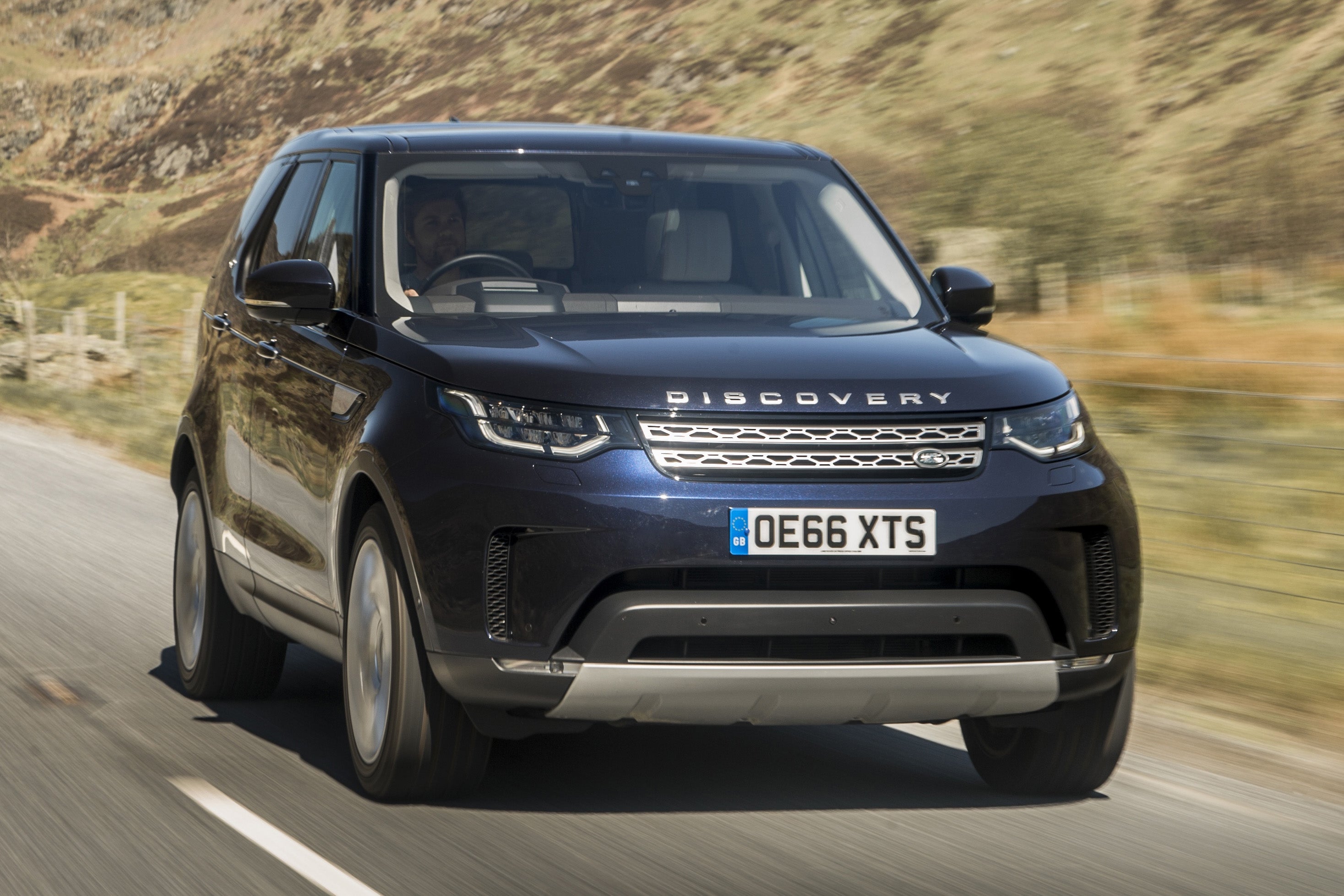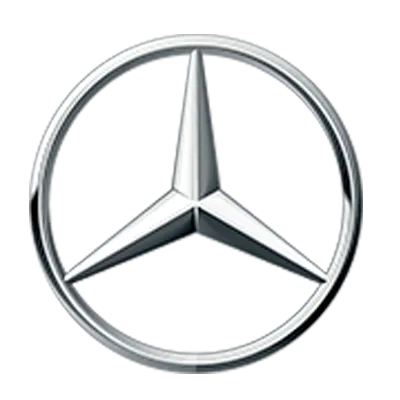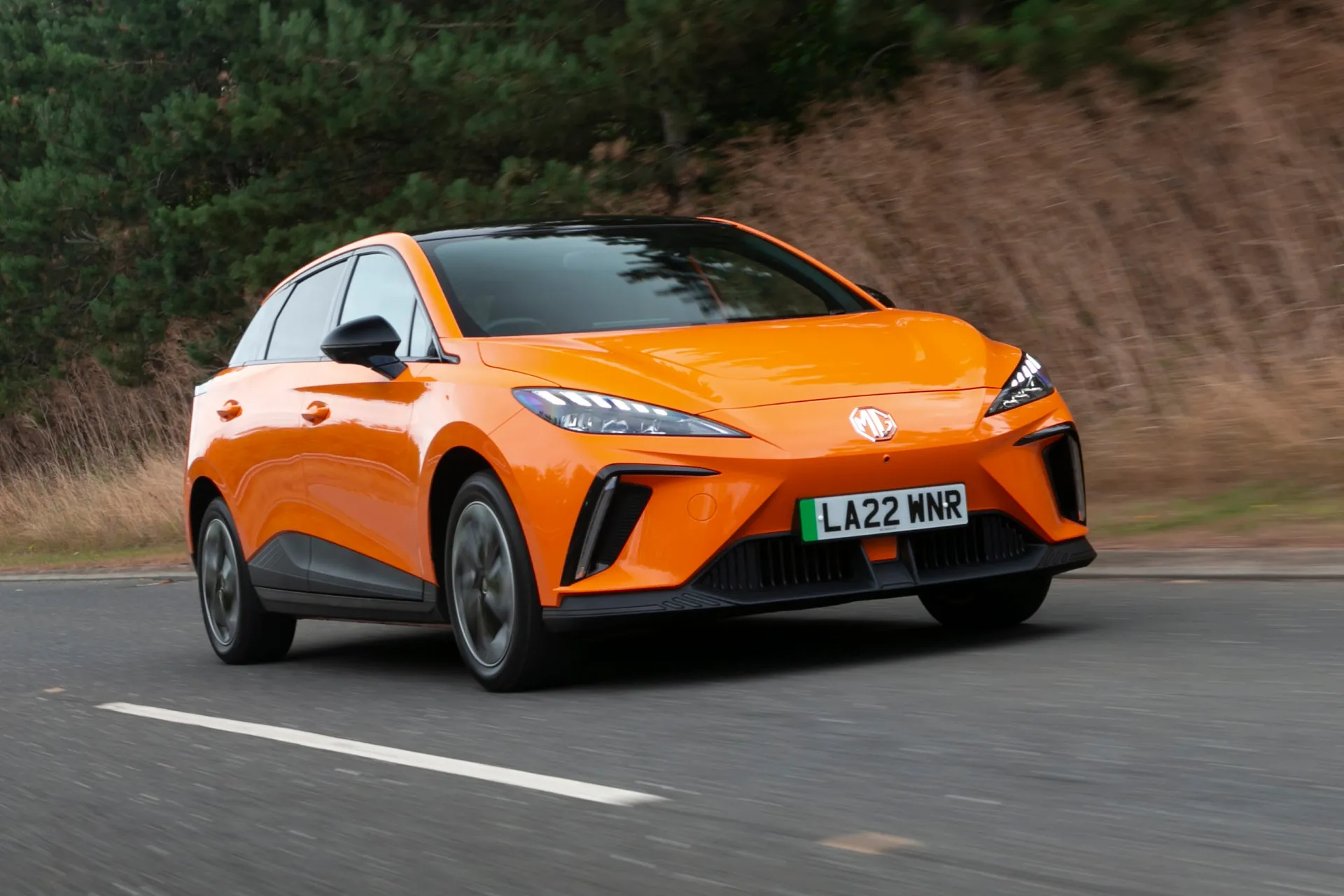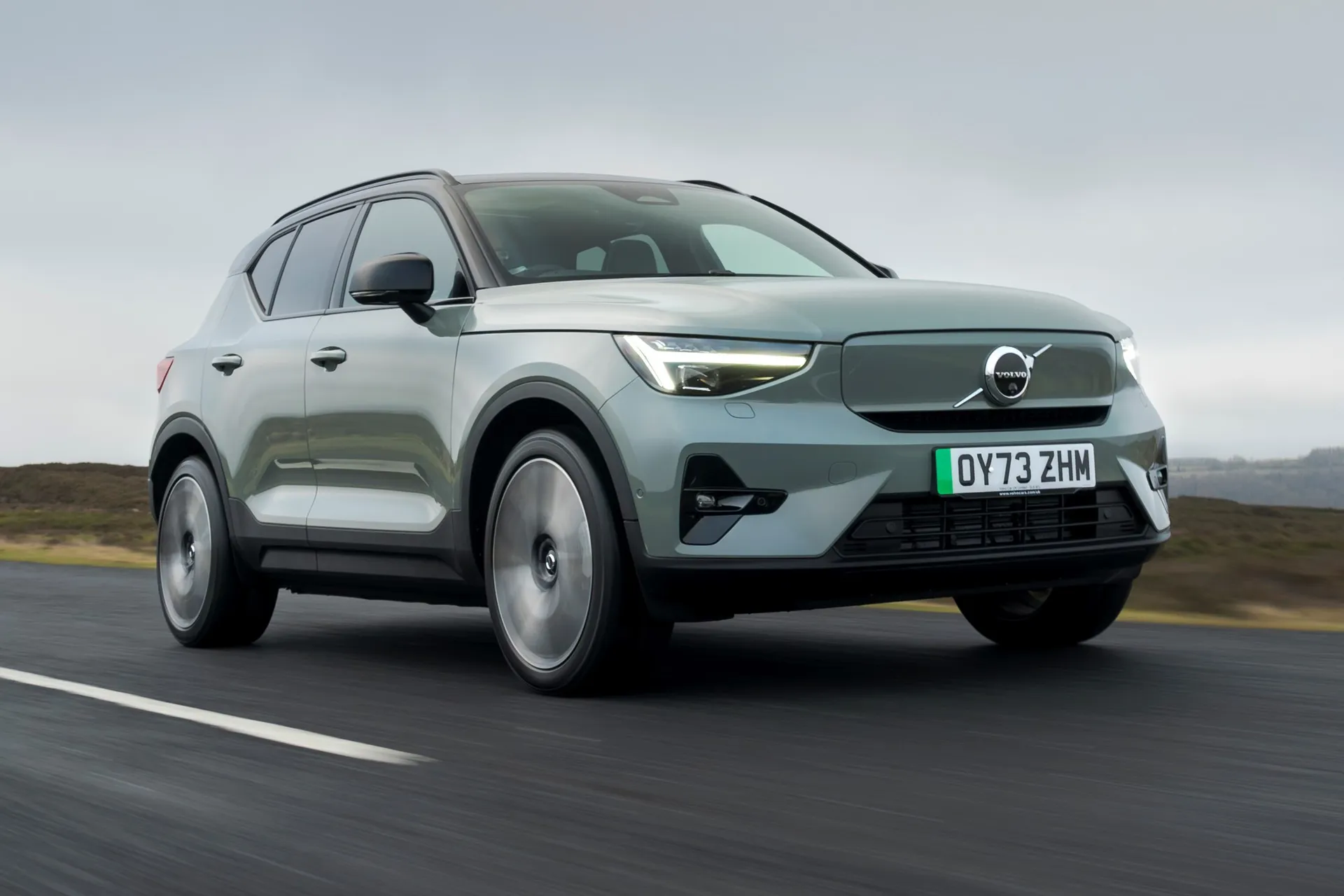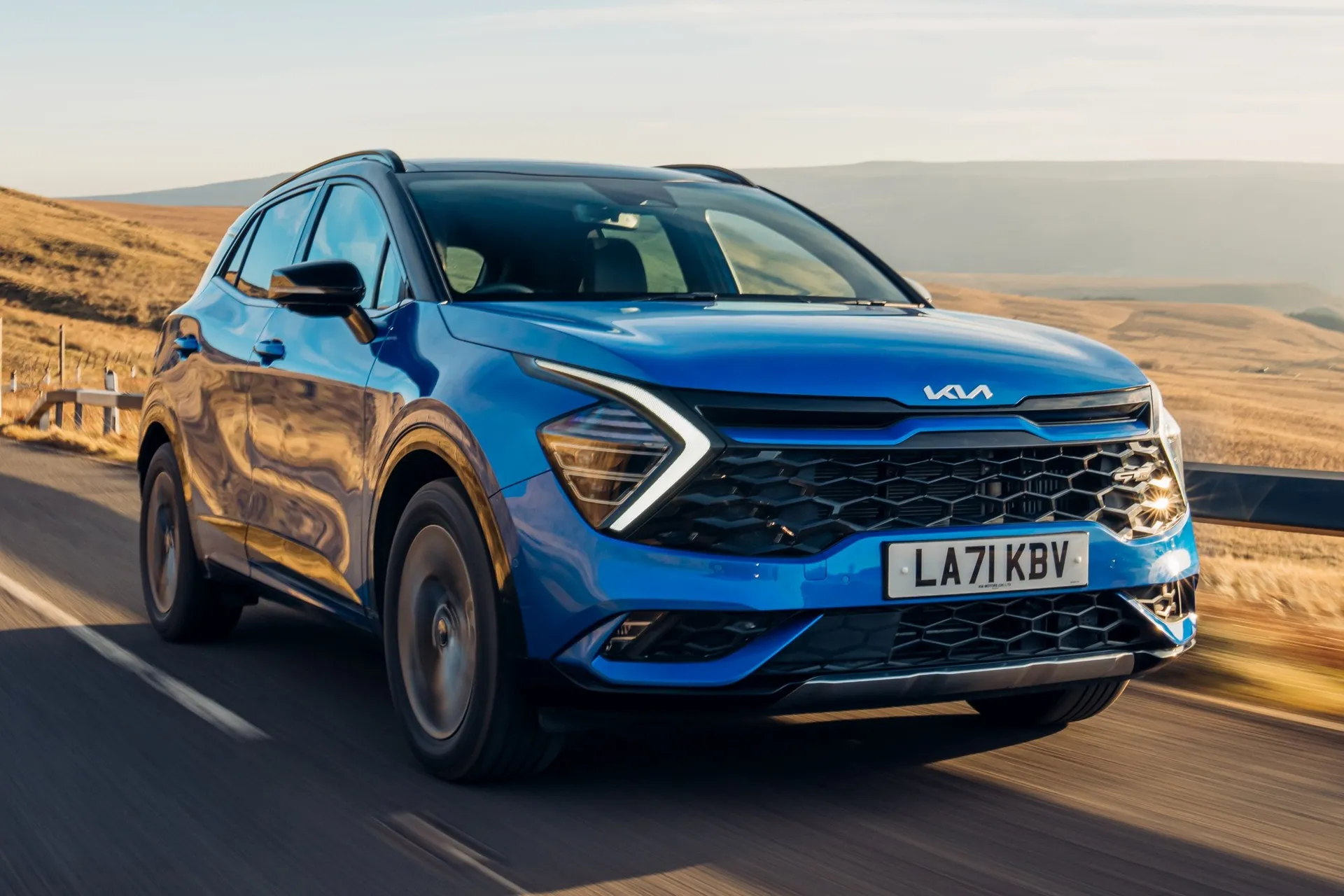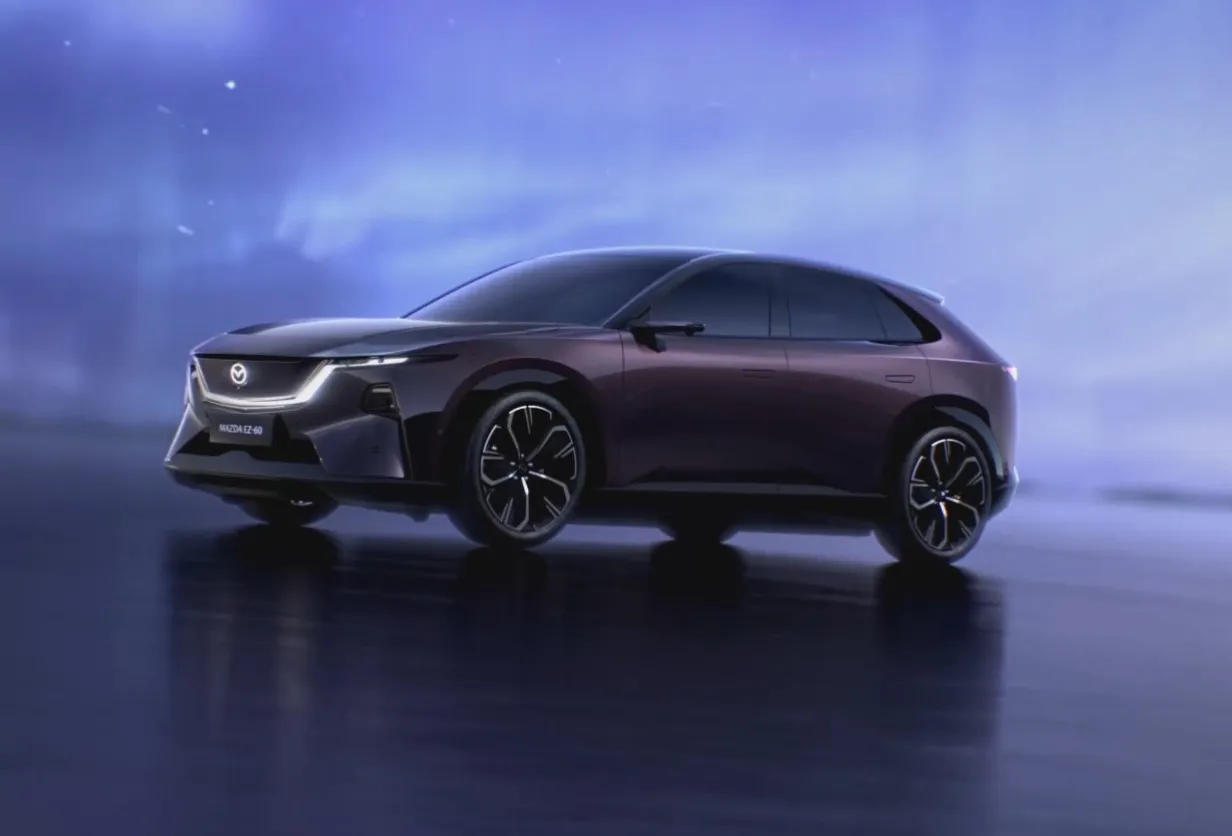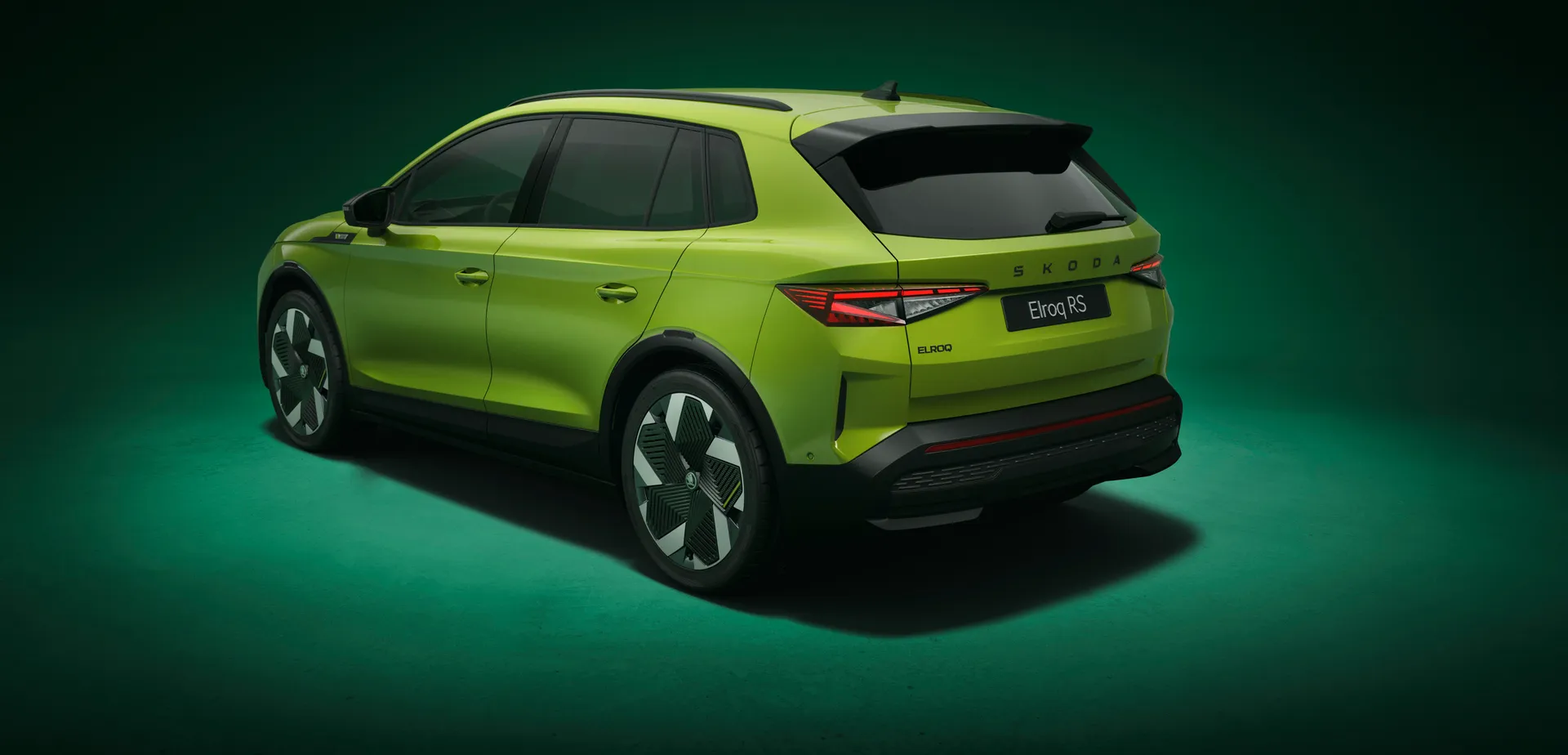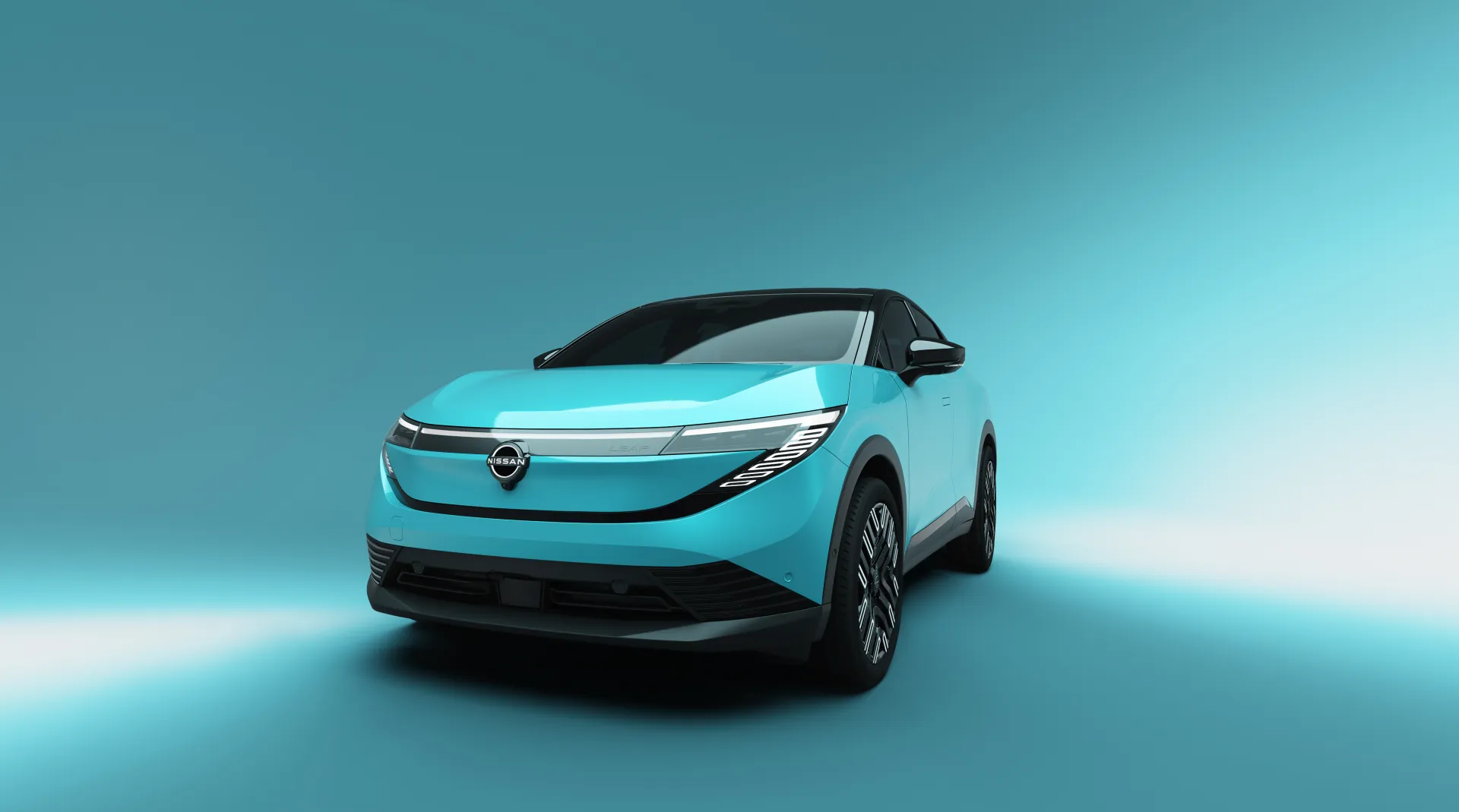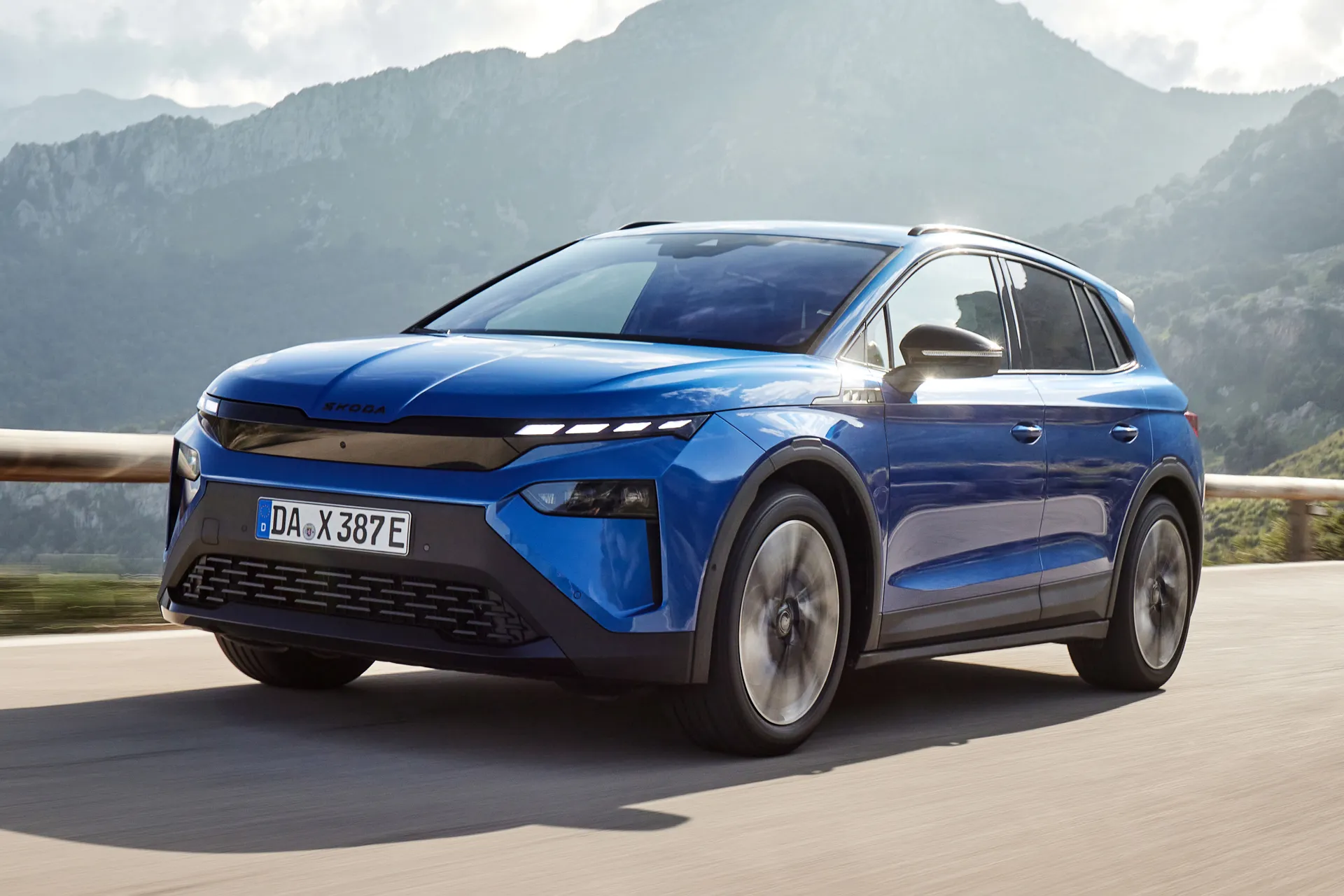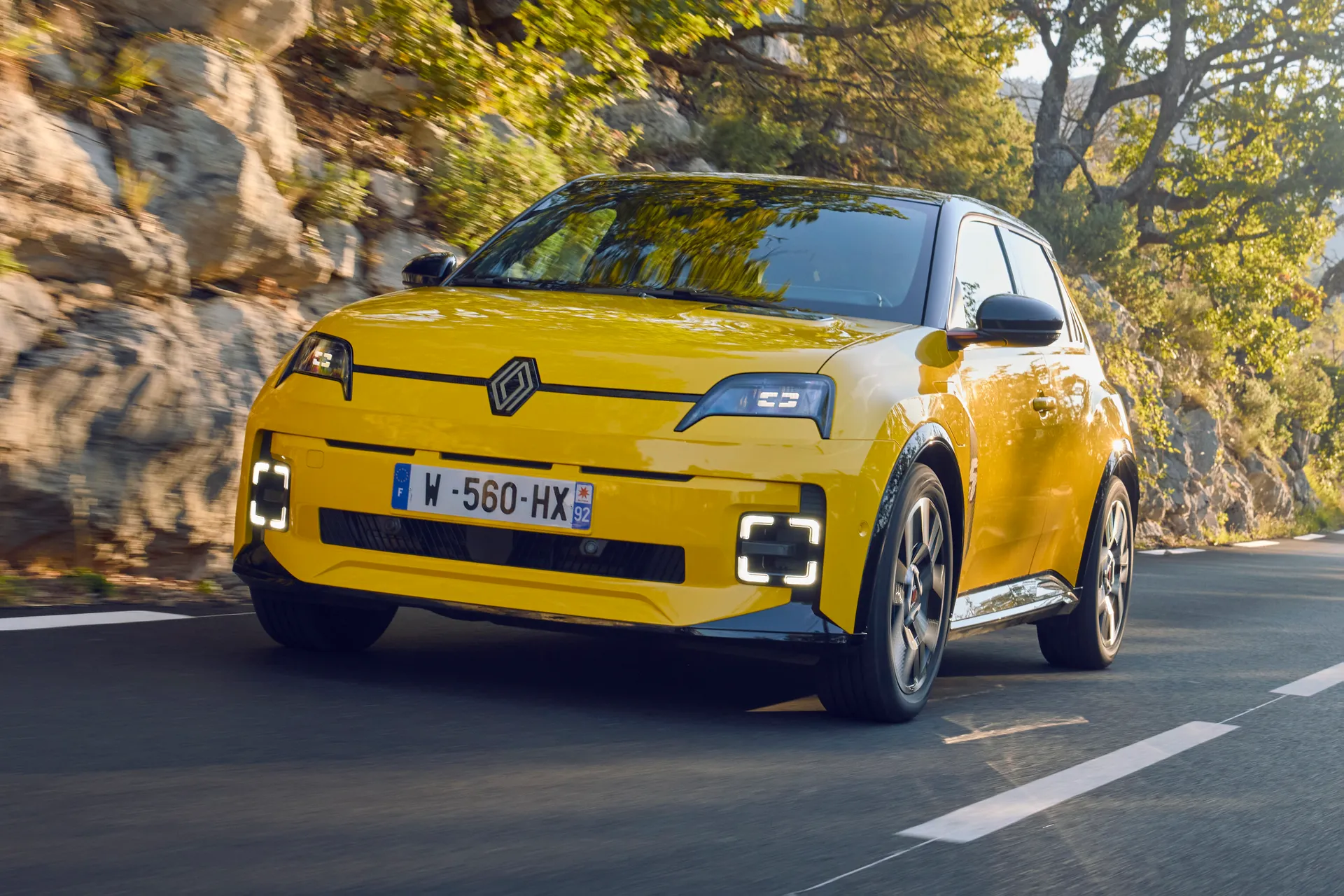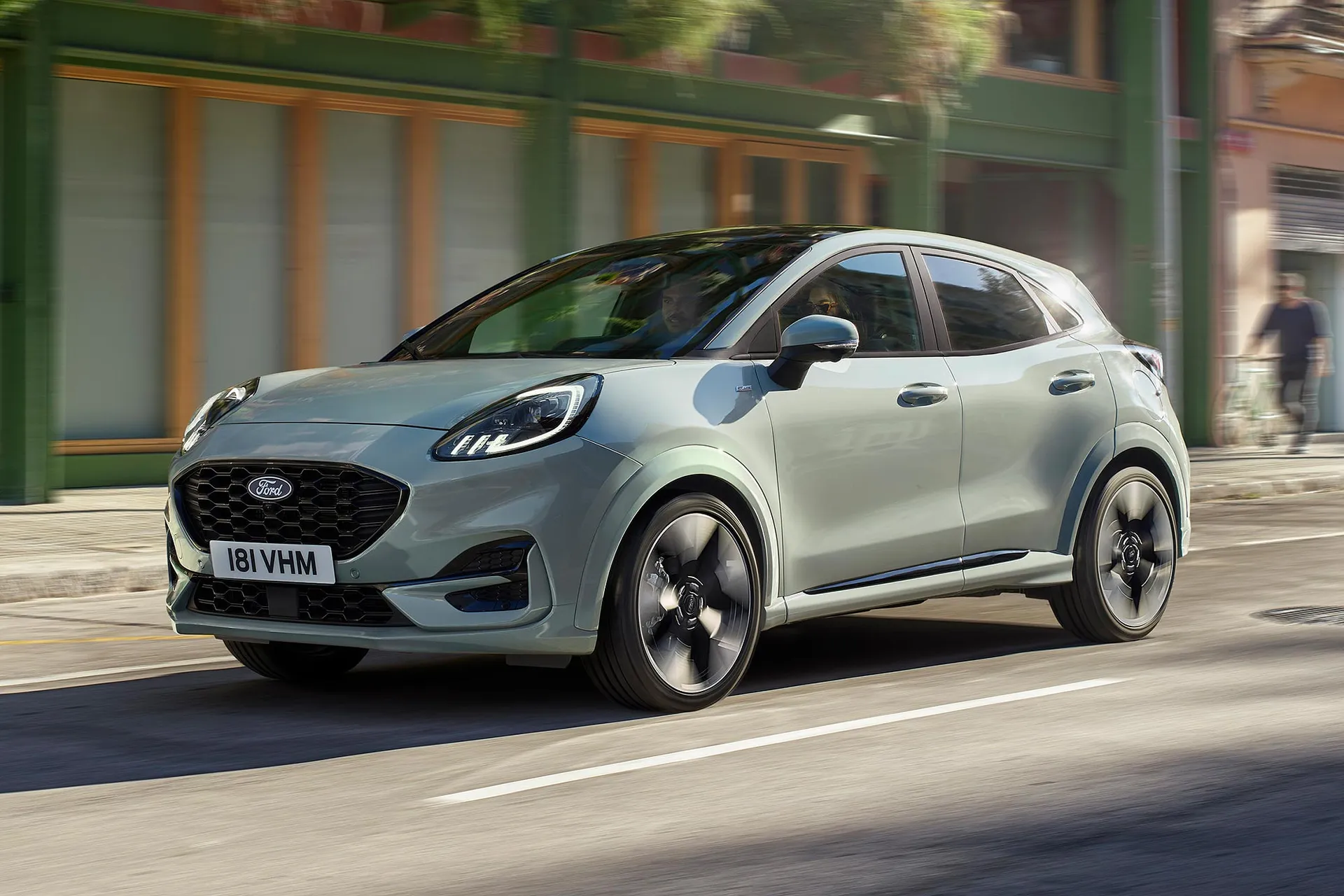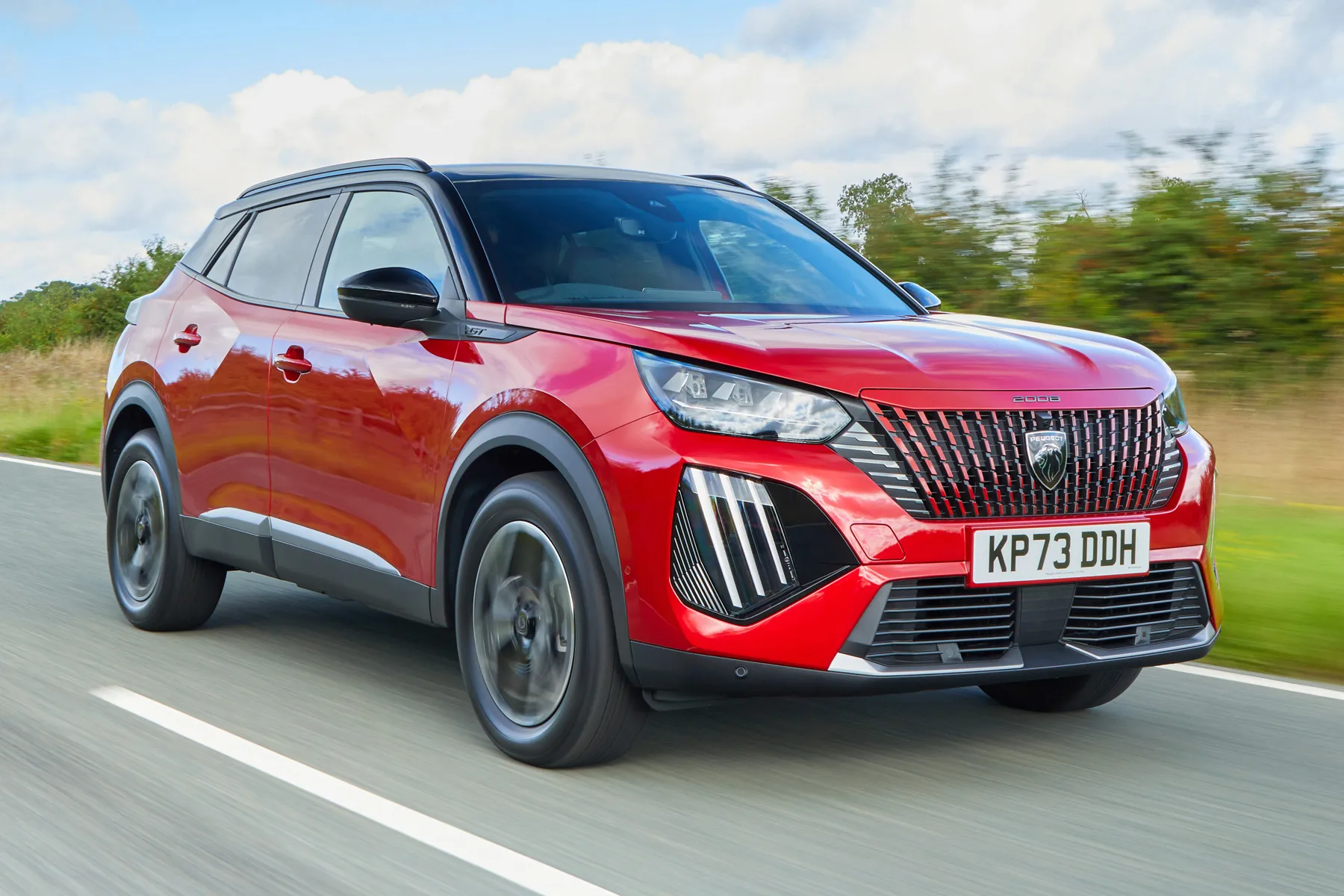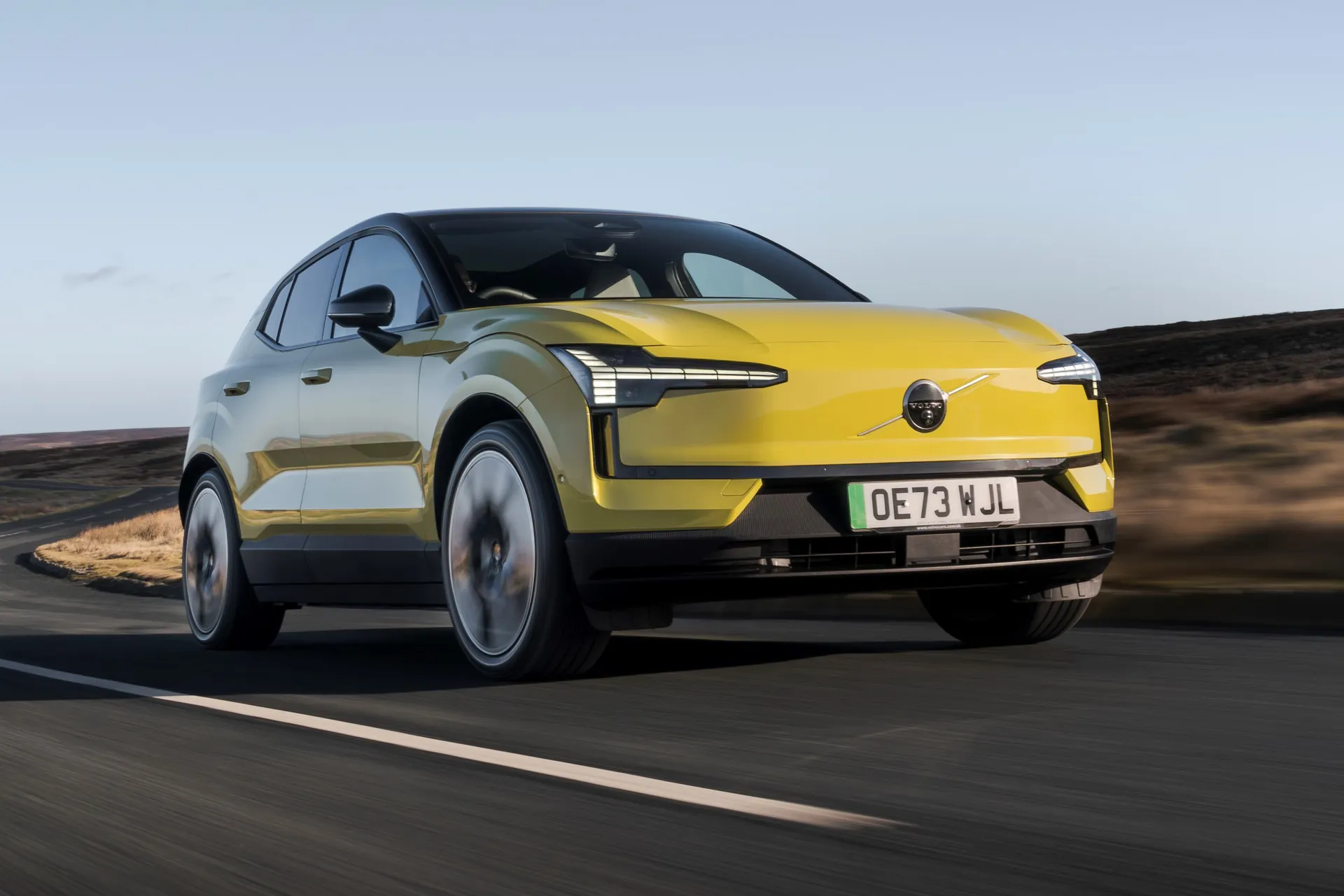Land Rover Discovery Review 2025: Price, specs & boot space
Written by Andrew Brady
Quick overview
Pros
- Simply peerless off-road
- Among the most practical and versatile cars you can buy
- Great driving position and visibility
Cons
- Diesel is now the only option with a new Discovery
- Interior quality isn’t at Audi levels
- Land Rover’s reliability record might worry you
Verdict: Is the Land Rover Discovery a good car?
"The Land Rover Discovery is ageing well and continues to offer a hard-to-beat package of off-road ability and on-road refinement. It's also a superbly able seven-seat family car, workhorse, and luxury transport."

Large SUVs have tended to err towards on-road dynamics and comfort, or even seriously fast performance, in recent times. Finding one capable of really tackling the toughest terrain narrows down your choices considerably, yet the Land Rover Discovery has been a constant in the sector since 1989.
Despite the less rugged appearance, the latest generation of Land Rover Discovery is actually better off-road than any of its already hugely able predecessors. Although far from elfin, it's lighter than the car that went before it while offering more ground clearance and can wade through deeper water. That's a handy trick given the unpredictable weather that now seems all too predictable in the UK.
This reduction in weight means this large SUV is better to drive on the road too. Granted, it still can’t match its very best rivals in either the ride or handling stakes, but it still has the ability to waft you along comfortably - particularly on the motorway - and it seldom feels like it's going to fall over on a set of bends.
Land Rover has also slimmed down the engine range to just a single offering now - a brawny 3.0-litre turbodiesel with mild hybrid assistance. It can still pull - the Discovery has a towing capacity of 3500kg on all models, as well as a clever semi-autonomous advanced tow assist system.
The Land Rover Discovery remains a seven-seater with plenty of room for all those in the back. What’s more, in high-end versions, all of the rear seats now fold down (and back up again) electrically via buttons in the tailgate.
The interior quality is reminiscent of that in a Range Rover - so this Discovery feels that bit more luxurious than many rivals. If you're after a high-quality, go-anywhere family SUV that can cope with everything you can throw at it, the Land Rover Discovery is pretty much perfect.
Looking for a used car for sale? We've got 100s of Land Rover Approved Used Cars for Sale for you to choose from, including a wide range of Land Rover Discoverys for sale. If you're looking for the older version, you need our Land Rover Discovery 4 review.
Is the Land Rover Discovery right for you?
Let’s be honest, if you’re after a seven-seat luxury SUV to ferry your family around in, you’re not exactly starved of choice. Yes, many are better to drive on the road than the Land Rover Discovery, with a smoother ride and neater handling, so if you’re looking for the ultimate in dynamic polish, you’re probably better off considering something like the BMW X5.
However, if it’s practicality you’re after, the Land Rover Discovery does the job as well as anything in the class. It’ll seat seven adults in comfort, which is a claim few rivals can genuinely make, so it’s a great choice.
If you plan to take your car off-road, however, it’s the only choice. Many big SUVs have four-wheel drive and hill descent control to justify their off-roader looks, but the Discovery goes much further with all sorts of clever off-roading wizardry, and as a result, it’ll get much further into the wilderness than its rivals. Granted, not many folk actually do take their big SUV off-road, but if you’re one of the few that does, this thing is what you need. As for towing, it's still the boss.
What other cars are similar to the Land Rover Discovery?
The Audi Q7 and Volvo XC90 are arguably its most direct rivals, while both the BMW X5 and Mercedes GLE are offered in seven-seat format as well as five. The Lexus RX-L shouldn’t be forgotten, especially by those looking for ultimate reliability, while if you’re more focused on the practicality element rather than the luxury element, then cars like the SEAT Tarraco, Skoda Kodiaq, Hyundai Santa Fe and Kia Sorento could be more affordable alternatives.
Comfort and design: Land Rover Discovery interior
"SUV drivers love a lofty driving position, and the Land Rover Discovery has one of the loftiest of the lot. Whichever version you choose, you get bags of adjustment in the seat and steering wheel, helping you to really fine-tune your driving position, and adjustment is electric in all new models nowadays."
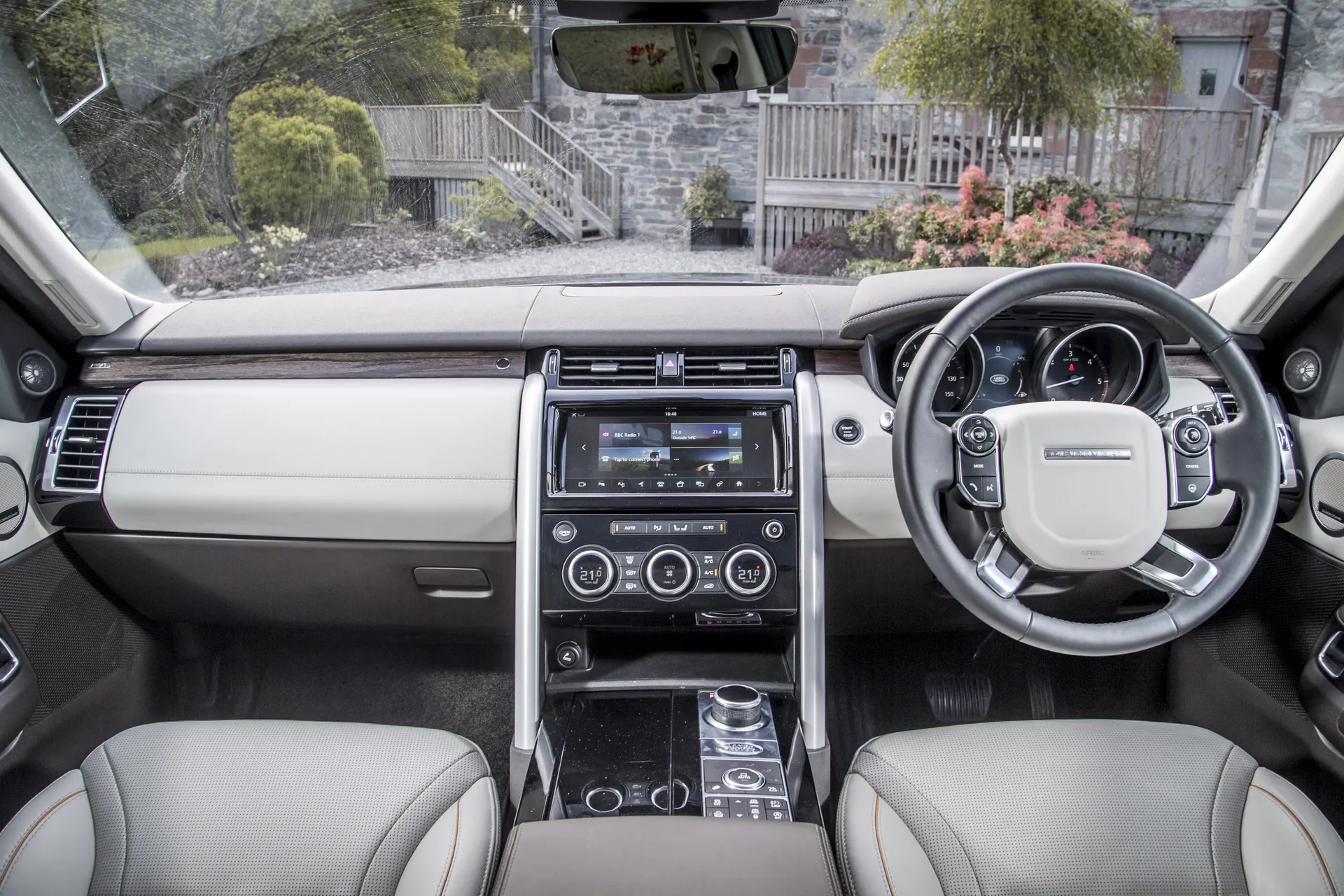
The seats themselves, meanwhile, are supportive and comfortable. This king-of-the-road position also means you get an incredibly good view of the road ahead, helped further by big windows, skinny pillars and a bonnet that you can see the end of.
The rear view is also very good by class standards, although the sheer size of the Land Rover Discovery sometimes makes you a little unclear of exactly where the back end is, so all versions come with parking sensors front and rear, and a rear camera, just in case.
While many cars in this class have replaced traditional dashboard switchgear with icons on a touchscreen system, the Land Rover Discovery actually has some physical buttons and dials, and it’s all the better for it. The buttons are big, chunky and easy to hit, while everything is well marked, logically located and nothing is tucked away out of sight.
Quality and finish
The Land Rover Discovery feels like a posh environment, albeit with a rugged edge. All of the main touchpoints look and feel high-grade, so they’re as much a treat for your fingertips as they are for your eyes. It is true that some of the other surfaces and switches dotted around the place aren’t quite so swish or as slick as they are in an Audi Q7 or BMW X5, so the cabin doesn’t feel quite so posh. However, that does kind of suit the Discovery’s more ready-for-anything image, and importantly, everything feels substantial, solid and built to last.
Various different trims come with different colour combinations for the interior, and optional bits and bobs to tart up the interior - like wooden trims, for example - are also available.
Infotainment: Touchscreen, USB, nav and stereo in the Land Rover Discovery
All Land Rover Discovery versions get the 11.4-inch Pivi Pro touchscreen system to operate various functions, and it's a big improvement on the earlier system. On the entry-level S car, it brings together DAB radio, Bluetooth, Apple CarPlay and Android Auto, wireless phone charger, connected navigation and a 180W sound system with eight speakers. All but the S model also come with the Meridian Sound System included.
Operating the touchscreen is pleasingly simple, with menus that make sense and good responses. It still suffers with the fact that you have to look at it to operate it however, but that excepted it is one of the better systems in the segment.
Space and practicality: Land Rover Defender boot space
The Land Rover Discovery's dimensions are 4956mm long and 2000mm wide, as well as 1888mm tall, putting it at the larger end of the SUV scale. The good new is that this makes the Discovery is about as practical and as versatile as cars get. If you’re asking this car to do something it can’t do, you should probably be asking yourself whether it’s reasonable to expect any car to be able do whatever that thing is. It really is that good.
As you’d expect, space up front is generous, but where this part of the cabin really impresses is on storage. The Land Rover Discovery has two gloveboxes, massive door pockets, a deep bin and two cupholders in the central partition and an ingenious concealed compartment hidden behind the air-con controls that’s big enough to hide your wallet and your phone from prying eyes.
Move to the middle row of seats, and you’ll find that headroom is just as generous. Legroom isn’t as plentiful here as it is in some rivals, but there’s sufficient room for tall adults to get comfortable. The wide cabin makes life comfortable when seating three, as do the trio of wide seats and the flat floor (with no transmission tunnel to rob you of valuable foot space). These chairs also slide and recline, but do so in a 60/40 configuration, rather than the more versatile 40/20/40 arrangement employed by some rivals.
If you’re one of those consigned to the third row, then you’d pick the Land Rover Discovery over any of its rivals because it’s the roomiest car of its class back here. Even six-foot-somethings will be sorted for head and legroom.
All of the five rear chairs fold down flat into the floor to give you a massive, perfectly flush load area. This happens electrically now on all new Discovery models, and you can do it either with buttons in the boot, via the touchscreen system, or even with an app on your phone.
The load space this gives you is, frankly, bonkers, and in five-seat mode, the boot is huge enough to make an Ikea trip look easy with 1137-litres of space. In seven-seat mode there's still a handy 258-litres, while if you fold all the seats it will swallow 2391-litres - that's a lot of wine.
Handling and ride quality: What is the Land Rover Discovery like to drive?
"All Land Rover Discovery versions come with air suspension as standard and it’s really, really good at keeping you comfortable. It wafts you along serenely at high speeds, and absorbs bumps and cracks effectively at lower speeds."
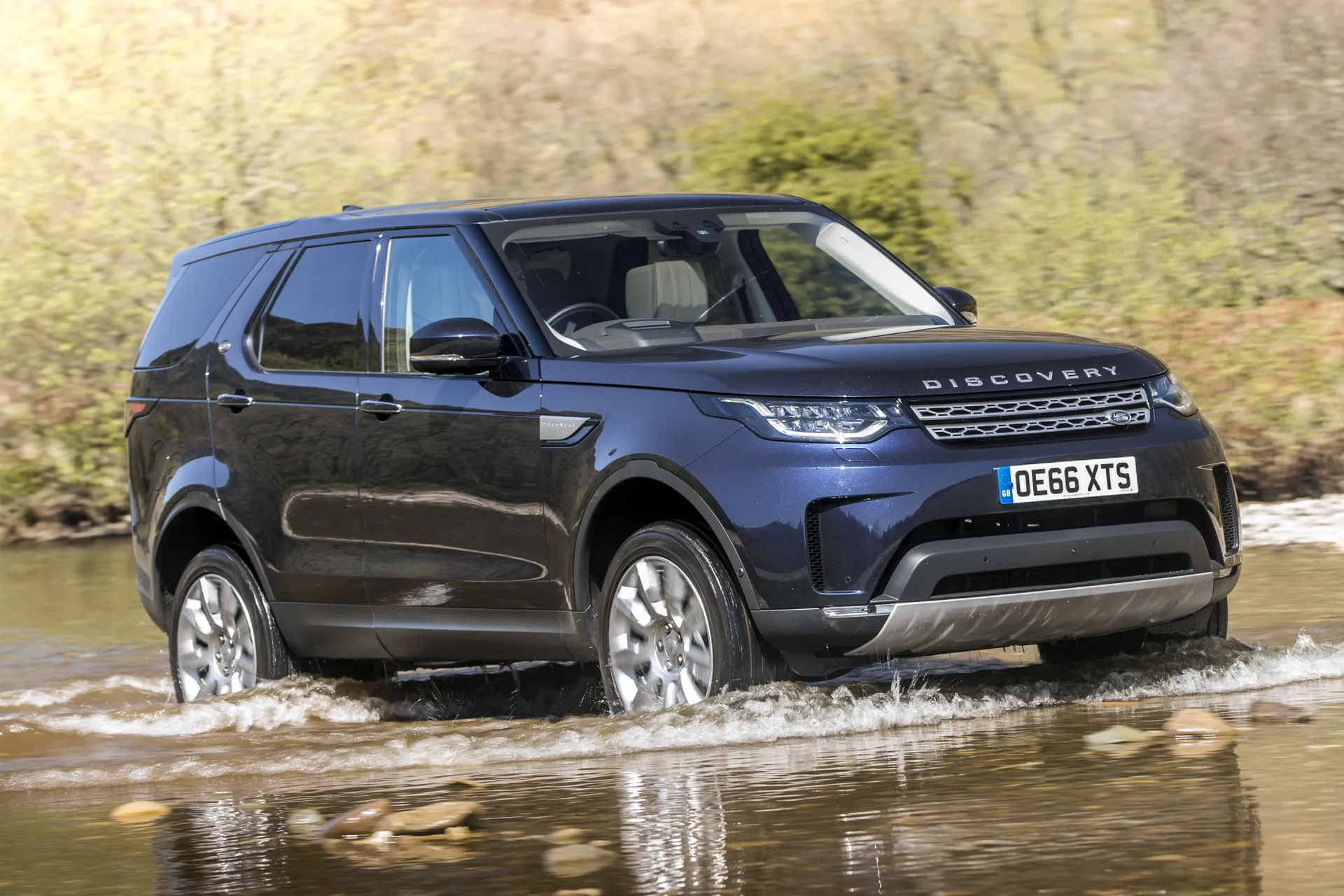
Granted, the ride isn’t as flawless in town as it is in rivals such as the Audi Q7, because you feel the odd imperfection that you simply don’t in the Audi. However, all bumps are dealt with adequately, and it’s never uncomfortable.
Throw in a set of bends and the big Land Rover struggles more. The tall body and soft suspension result in a fair amount of body roll that makes it feel rather untidy in corners. There’s lots of grip and you never sense you’re in danger of tipping over, but direction changes aren’t as keen or as easy as they are in most rivals. The slow steering, meanwhile, will have you spinning the wheel like you’re trying to open a submarine door.
However, while the Land Rover Discovery isn’t a match for its best rivals on the road, it’ll leave every one of them trailing in its wake. It’s clever off-roading system has the ability to find traction in places and on surfaces it has no right to, it’ll wade through water up to 900mm deep, and with super-high ground clearance, it can tackle slopes that’d make your average mountain goat think twice.
What engines and gearboxes are available in the Land Rover Discovery?
If you're buying a Land Rover Discovery new, the only engine on offer now is a 3.0-litre turbodiesel six-cylinder unit with mild hybrid assistance. It might sound a bit out of step with current trends, but it's a great engine and suits the Discovery to a tee.
With 350PS on hand and a whopping 700Nm of shove from just 1500rpm, you don't have to trouble the motor's reserves to make decent progress through the eight-speed automatic gearbox. Give it the full Monty and 0-62mph comes up in 5.9 seconds, so it's no slouch.
Whether you're in town, on the motorway or towing, the Discovery has plenty in reserve and its 3.0-litre motor is superbly refined. Anyone who thinks diesel engines are crude or agricultural will soon be silenced by this unit.
Previously, Land Rover offered the D250 diesel, which is a decent balance of economy, power and refinement. The D300 option might seem more desirable to used buyers as it’s smoother and quieter, and its power delivery is a shade more eager, but not by enough to justify the extra you’ll pay for it to buy or run.
If you can't stand the ideal of a diesel, then the Land Rover Discovery P360 is the one for used buyers, but it doesn't feel as fast as the acceleration figures would suggest and it will be expensive to fuel too.
Refinement and noise levels
The diesel keeps itself to itself and only gets loud if you work it properly hard, which you hardly ever will. Even then it only makes a pleasant six-cylinder noise akin to that in a BMW X5. It doesn’t send too many vibrations into the cabin, either, so it'll be civilised enough to satisfy most drivers.
The older Land Rover Discovery V6 is also smooth and quiet, but it’s still a bit grumblier than the equivalent units found in rivals from Audi and Mercedes.
Road noise is very well contained, so you won’t hear much roar from the tyres, and apart from the odd patter, the suspension goes about its work reasonably quietly, too. However, with the upright bodywork giving all the aerodynamic slipperiness of an office block, there’s a fair amount more wind noise than you’ll hear in rivals.
Safety equipment: How safe is the Land Rover Discovery?
The amount of safety kit you get depends largely on which trim grade you go for. All versions including the entry-level Land Rover Discovery S get automatic emergency city braking and a lane keeping assistant, along with six airbags and enough ISOFIX points to secure an impressive five child seats.
All have automatic headlights with high beam assist, rain-sensing wipers, parking sensors at both ends and a 3D Surround reversing camera. You also get Wade Sensing to help with driving through deep water, as well as traffic sign recognition, lane keep assistance, and driver fatigue monitoring.
Land Rover also fits all new Discoverys with a raft of airbags, Isofix child seat mounts, and power operated child door locks. Choose the Dynamic SE, Dynamic HSE or Metropolitan Edition and you further enjoy Blind Spot Assist, Rear Collision Monitor, and Rear Traffic Monitor.
The Land Rover Discovery has been crash-tested by the experts at Euro NCAP, and it achieved the full five-star rating, even if its scores in individual areas weren’t as high as in some rivals.
MPG and fuel costs: What does a Land Rover Discovery cost to run?
"According to the latest WLTP official figures, the entry-level Land Rover Discovery diesel will give you the best fuel return with a maximum of almost 35mpg."
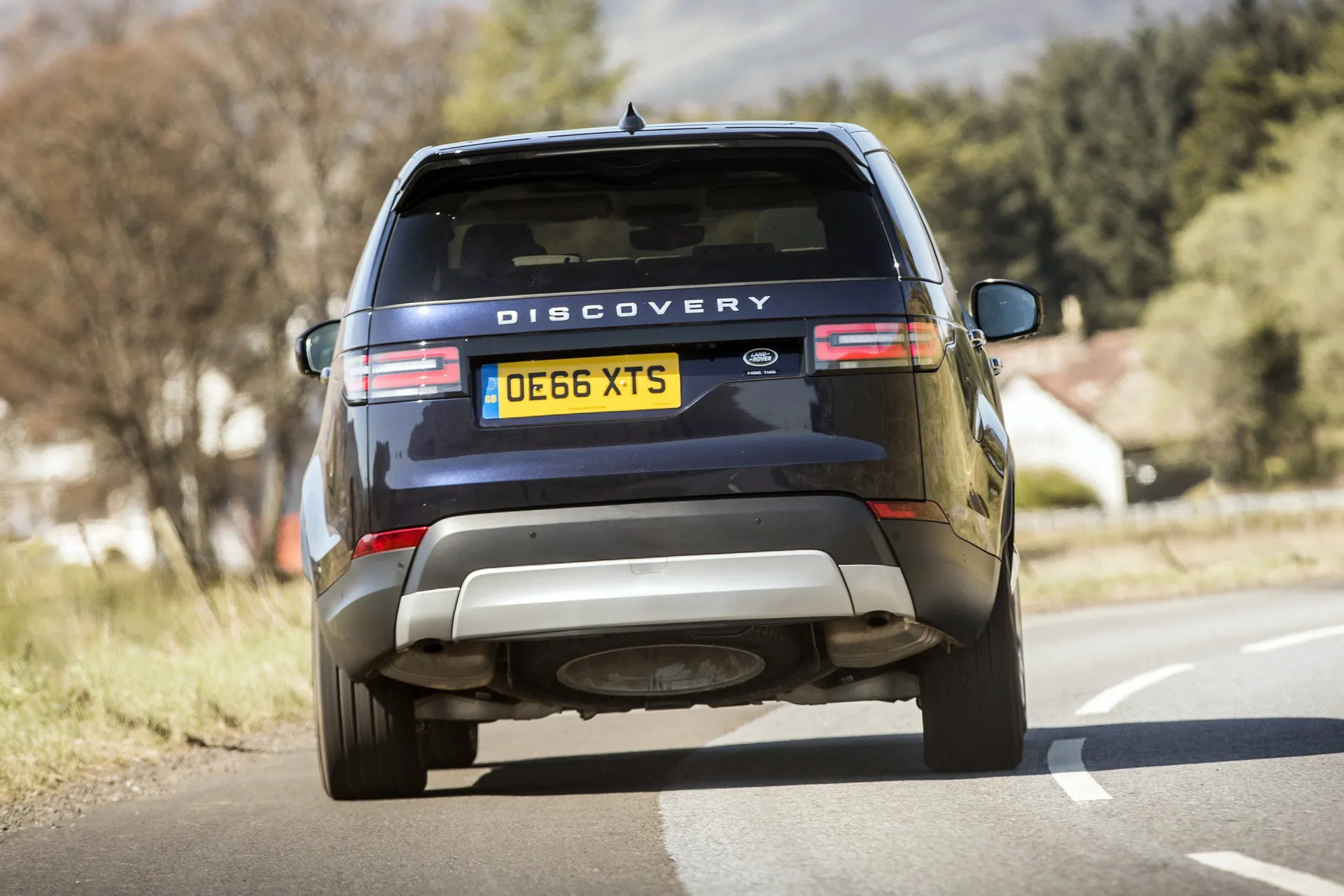
The least economical is the Metropolitan Edition that turns in a claimed 33.8mpg, but the two Dynamic trims both offer fuel consumption officially rated in the 34mpg bracket.
Land Rover Discovery reliability and warranty
Land Rover achieved a respectable 89.93% in the 2024 HonestJohn.couk Satisfaction Index, which is better than most of its stablemates and puts the British firm in a very creditable ninth place out of 29 manufacturers.
Land Rover Discovery insurance groups and costs
Anyone who buys a car as expensive as a Land Rover Discovery can probably afford to insure it. Insurance groupings for the current Discovery kick off in group 43 and rise to group 45 for the most expensive to get covered.
VED car tax: What is the annual road tax on a Land Rover Discovery?
First off, all new Land Rover Discoverys will attract the £425 supplement charged on new cars costing more than £40,000. This will be applied till the car passes its fifth birthday.
Now, first-year road tax will come in at a rather hefty £3300. If that leaves you reeling, these is some solace in that dropping to a far more palatable £195 when the car reaches a year old.
Land Rover Discovery price
"Reckon on paying from £25,000 for a TDV6 version of the Land Rover Discovery that's seven-years old and has covered a modest 65,000 miles since new."
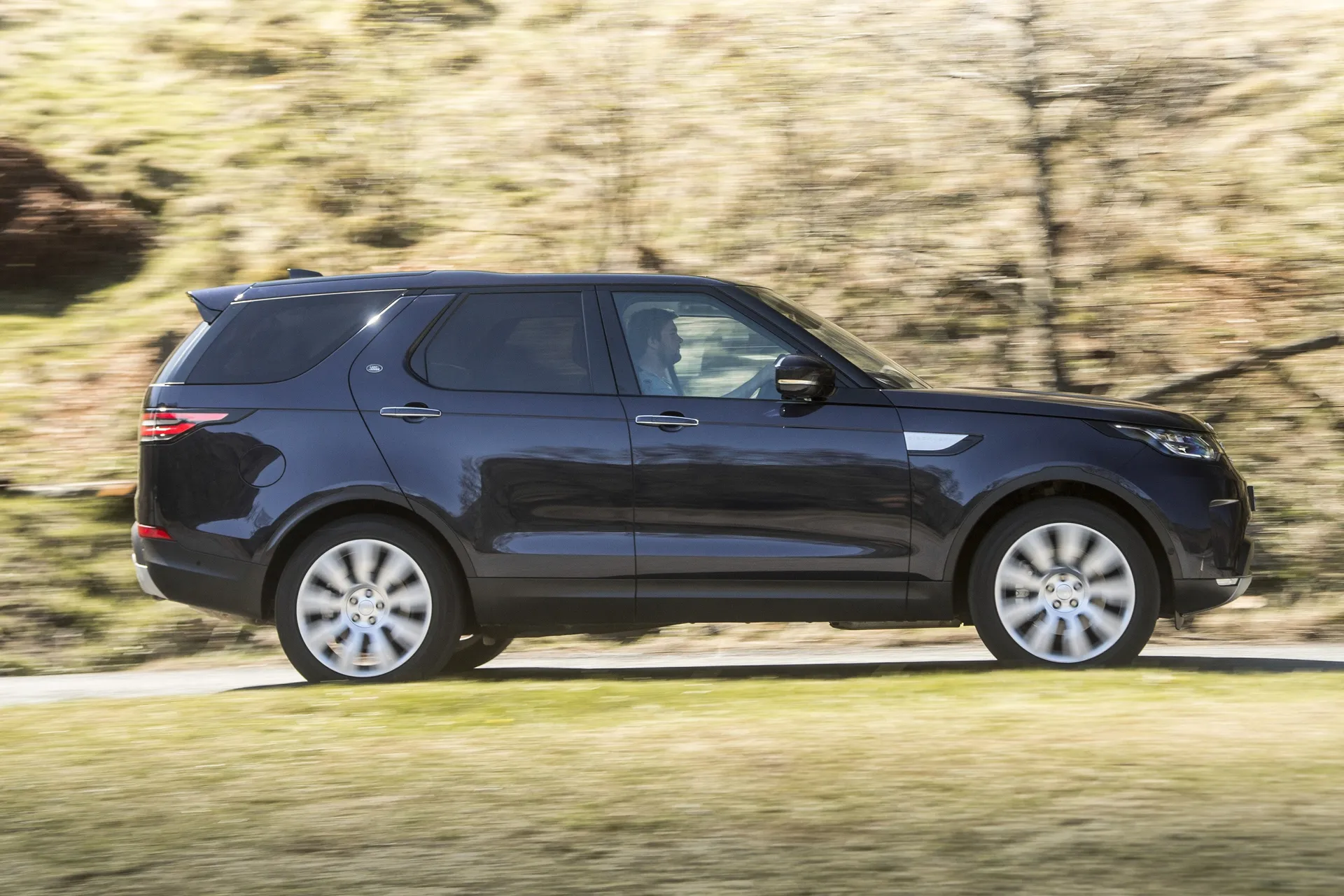
You might find a 2.0-litre turbodiesel for less at that age and mileage, but the V6 diesel is much more abundant.
For a three-year old Discovery, you'll be looking at a spend of around £50,000 for a D300 version in one of the higher trim levels. Or, you could opt for nearly new where there are savings of around £2000 on the list price of a new car.
Trim levels and standard equipment
On top of the infotainment and safety kit we’ve already talked about, the entry-level Land Rover Discovery S model comes with a decent amount of standard equipment. This trim comes with 20-inch alloy wheels, LED headlights, powered tailgate, heated windscreen, leather upholstery and electric seats are among the highlights. You also get Trailer Stability Assist to help with towing, and rear privacy glass is part of the package, too.
The Land Rover Discovery Dynamic SE adds 21-inch wheels, fixed panoramic glass roofs front and rear, 18-way electric seats, the fancier Meridian audio system and the Driver Assist pack which adds useful extras like Blind Spot Assist and Rear Collision Monitor. It also benefits from Meridian stereo system, Light Oyster DuoLeather upholstery, a black-painted roof, and automatic headlight levelling.
Dynamic HSE models gain smart Matrix LED headlights, fancier cabin lighting, an electrically adjustable steering column, 20-way heated and cooled electric seats, smarter Windsor leather, a heated steering wheel and 22-inch alloy wheels.
Move up to the top line Metropolitan Edition and it has a sliding front sunroof, extended Windsor leather upholstery, heated third row seats, intelligent seat folding, and a head-up display for the driver.
Ask the heycar experts: common questions
Is the Land Rover Discovery still made?
Are Land Rover Discoverys reliable?
Is the Land Rover Discovery a luxury car?
Get our latest advice, news and offers
Keep me updated by email with the latest advice, news and offers from heycar.
By submitting you agree to our privacy policy
